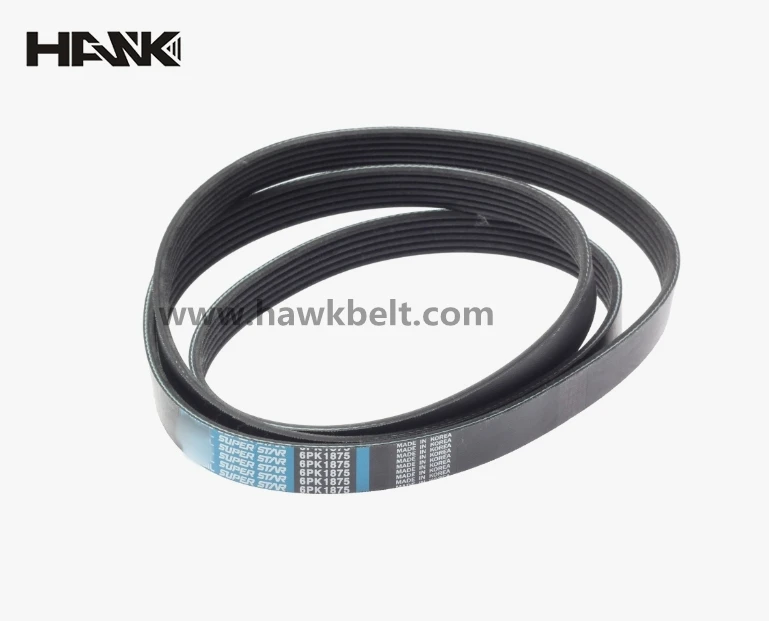- Arabic
- French
- Russian
- Spanish
- Portuguese
- Turkish
- Armenian
- English
- Albanian
- Amharic
- Azerbaijani
- Basque
- Belarusian
- Bengali
- Bosnian
- Bulgarian
- Catalan
- Cebuano
- Corsican
- Croatian
- Czech
- Danish
- Dutch
- Afrikaans
- Esperanto
- Estonian
- Finnish
- Frisian
- Galician
- Georgian
- German
- Greek
- Gujarati
- Haitian Creole
- hausa
- hawaiian
- Hebrew
- Hindi
- Miao
- Hungarian
- Icelandic
- igbo
- Indonesian
- irish
- Italian
- Japanese
- Javanese
- Kannada
- kazakh
- Khmer
- Rwandese
- Korean
- Kurdish
- Kyrgyz
- Lao
- Latin
- Latvian
- Lithuanian
- Luxembourgish
- Macedonian
- Malgashi
- Malay
- Malayalam
- Maltese
- Maori
- Marathi
- Mongolian
- Myanmar
- Nepali
- Norwegian
- Norwegian
- Occitan
- Pashto
- Persian
- Polish
- Punjabi
- Romanian
- Samoan
- Scottish Gaelic
- Serbian
- Sesotho
- Shona
- Sindhi
- Sinhala
- Slovak
- Slovenian
- Somali
- Sundanese
- Swahili
- Swedish
- Tagalog
- Tajik
- Tamil
- Tatar
- Telugu
- Thai
- Turkmen
- Ukrainian
- Urdu
- Uighur
- Uzbek
- Vietnamese
- Welsh
- Bantu
- Yiddish
- Yoruba
- Zulu
டிசம்பர் . 22, 2024 10:38 Back to list
serpentine drive belt replacement
Serpentine Drive Belt Replacement A Comprehensive Guide
The serpentine drive belt is a crucial component in modern vehicles, responsible for driving multiple accessories such as the alternator, power steering pump, water pump, and air conditioning compressor. Over time, wear and tear can lead to cracks, fraying, or complete failure of the belt, resulting in grave implications for your car's functionality. This article will guide you through the importance of the serpentine belt, signs of wear, and the replacement process.
Importance of the Serpentine Drive Belt
Serpentine belts are designed to be long-lasting, with an average lifespan of about 60,000 to 100,000 miles. However, factors like heat, humidity, and exposure to engine fluids can hasten deterioration. A properly functioning serpentine belt ensures that your vehicle’s accessories operate smoothly and efficiently. If it fails, you may experience hard steering, overheated engines, and dead batteries, as the alternator may not charge effectively.
Signs of Wear
Recognizing the symptoms of a failing serpentine belt is essential for maintaining your vehicle's health. Here are some common signs to look out for
1. Visual Damage Inspect the belt regularly. Look for signs of cracking, fraying, or glazed surfaces. Any visible signs of damage are a red flag, and it’s advisable to consider a replacement.
2. Squealing Noises If you hear a screeching or squealing sound when starting the engine or while driving, it could indicate that the belt is loose or worn out.
3. Dashboard Warning Lights Sometimes, the vehicle may display warning lights on the dashboard, especially the battery or check engine lights, indicating an issue with the alternator.
4. Overheating Engine A damaged serpentine belt may not allow the water pump to function correctly, causing the engine to overheat.
5. Power Steering Issues Difficulty in steering can indicate that the power steering pump is not receiving the necessary power due to a failing belt.
The Replacement Process
Replacing a serpentine drive belt is a task that many car owners can complete themselves with the right tools and instructions. Here’s a step-by-step guide
serpentine drive belt replacement

Tools and Materials Needed
- A new serpentine belt (ensure it’s the correct size for your vehicle) - A wrench set - A belt tensioner tool (optional) - Flashlight - Gloves (optional for better grip)
Steps to Replace the Serpentine Belt
1. Safety First Park the vehicle on a flat surface and engage the parking brake. Turn off the engine and allow it to cool.
2. Locate the Belt Open the hood and find the serpentine belt. It usually wraps around several engine components.
3. Examine the Routing Diagram Most vehicles have a belt routing diagram either on the underside of the hood or in the owner’s manual. This diagram will help you understand how the belt is configured.
4. Release Tension Using a wrench or a belt tensioner tool, relieve the tension on the serpentine belt by turning the tensioner away from the belt. This will provide slack to remove the belt easily.
5. Remove the Old Belt Once the tension is released, carefully slide the belt off the pulleys. Make a note of how it’s routed for reference when installing the new belt.
6. Install the New Belt Position the new serpentine belt according to the routing diagram, ensuring it's seated properly on all pulleys.
7. Reapply Tension With the tensioner still moved away, slide the new belt into position and slowly release the tensioner to apply tension to the new belt.
8. Final Checks Before closing the hood, ensure that the belt is aligned correctly on all pulleys. Start the engine to listen for any unusual sounds and confirm the belt operates smoothly.
Conclusion
Replacing your serpentine drive belt is a vital maintenance task that can save you from more significant automotive issues down the road. By keeping an eye on signs of wear and understanding how to replace it, you can help ensure your vehicle runs smoothly and efficiently. Regular inspections and maintenance of the serpentine belt will prolong the life of your vehicle's components and enhance your driving experience. Always consult your owner’s manual for specific recommendations or consider seeking professional help if you’re unsure about the process.
-
Korean Auto Parts Timing Belt 24312-37500 For Hyundai/Kia
NewsMar.07,2025
-
7PK2300 90916-T2024 RIBBED BELT POLY V BELT PK BELT
NewsMar.07,2025
-
Chinese Auto Belt Factory 310-2M-22 For BMW/Mercedes-Benz
NewsMar.07,2025
-
Chinese Auto Belt Factory 310-2M-22 For BMW/Mercedes-Benz
NewsMar.07,2025
-
90916-02660 PK Belt 6PK1680 For Toyota
NewsMar.07,2025
-
drive belt serpentine belt
NewsMar.07,2025

